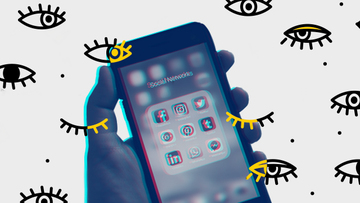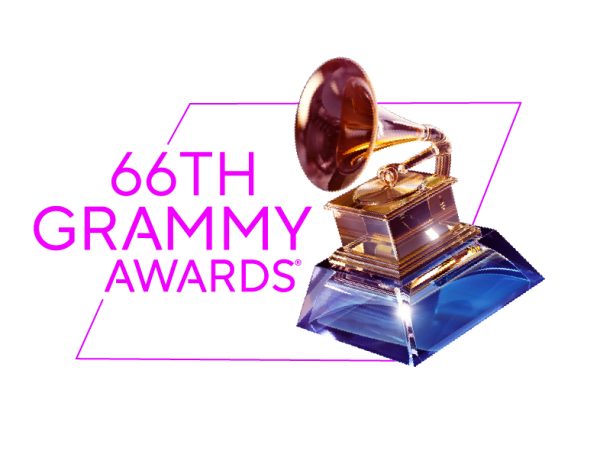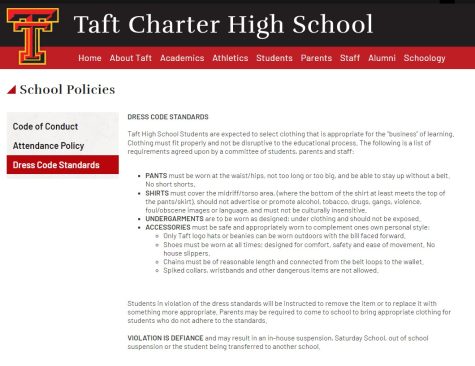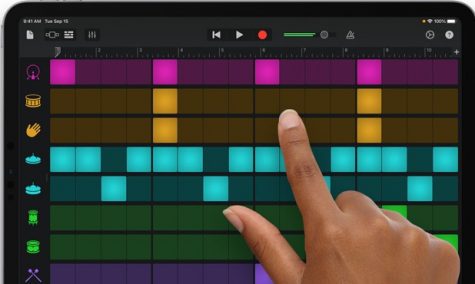Manipulation in the Entertainment Industry

When it comes to social media influencers, artists, and celebrities, the public seems to put their entire trust and belief in them. Multiple influencers achieved massive success and constant publicity through what the public calls tea channels. This is all as a result of people supporting their endorsements, buying their merchandise, purchasing tickets to their shows, and just being a good, supportive fan. But what lures people into the world of fame and fortune? Entertainment? Talent? Or manipulation?
The definition of manipulation is controlling someone or something to your own advantage, often unfairly or dishonestly. When we think of our favorite YouTuber or singer, we don’t see them as manipulators, but rather as entertainers whom we admire.
Influencers use the technique of manipulation because it is a tool for marketing. Journalist Scott Oldford wrote in an article, “The reason Coca-Cola became the giant it is today is because it creates omnipresence through billboards, TV spots, newspaper ads, etc. The company knows that if you see the brand enough times, you’ll form attachments to it”.
Celebrities use this same exact strategy. Record labels are one of the many examples. According to collinsdictionary.com, “High frequency is any radio frequency in the range of 3 to 30 MHz”. The older people become, the less of a chance they have at being able to hear higher frequencies. The younger you are, the better you are at detecting these frequencies. As a result of this, theorists say that record labels conveniently place these high frequencies and high pitches into music in order to lure a younger audience into listening to their music.
Have you ever found yourself listening to songs completely different than what you would usually listen to or downloading a song that’s been stuck in your head the whole week? It could possibly be these frequencies that compel to you download these songs. Although it attracts us, it isn’t harmful. So is this just a clever tactic or a scheme?
Artist Taylor Swift has another approach. Swift’s hit album, “1989” rose to the charts in late 2014. With catchy tunes like “Shake It Off” and “Blank Space”, eventually everyone got one of her tunes stuck in their head, tapping their foot along to the rhythm, or humming the song while working. The album even went on to win a grammy. But what was so beguiling about Swift’s album?
In almost all the tracks the album has, you’ll notice one thing, the bridge in her songs all repeat, they repeat the same lyrics and repeat the same tune. This is another instance where manipulation can be seen. Connecting this to the coke ad, seeing or hearing the same thing over and over enough can form attachments. Again, is it simply a clever tactic or scheming?
In conclusion, celebrities have techniques for people to purchase their music the same way that record labels use high frequencies to attract younger audiences. It’s a given that younger audiences are easier to manipulate than mature ones, and some YouTubers use this to their advantage.
YouTubers like Jake Paul have mastered this technique. Try watching a Jake Paul vlog. The video pauses every minute for an ad and includes constant yelling and loud sound effects to keep your attention, all alongside continuous merchandise plugs throughout the video.
A fully grown adult may not consider this as “entertainment”, but you could imagine why a child under the age of 10 might, even going so far as to buy their favorite YouTuber’s merchandise. In fact, most money-hungry YouTubers guilt-trip young, easily influenced minds into doing so.
Whether you are a student or a parent, it is important to be wary of entertainment. You can still enjoy that tv show, or sing along to your favorite tunes, but be careful. By remembering that not everything is as it seems, you can avoid getting stuck in the cycle of manipulation.

Freshman in Taft High School, Copy Editor, determined, caring, and a passionate writer.
















